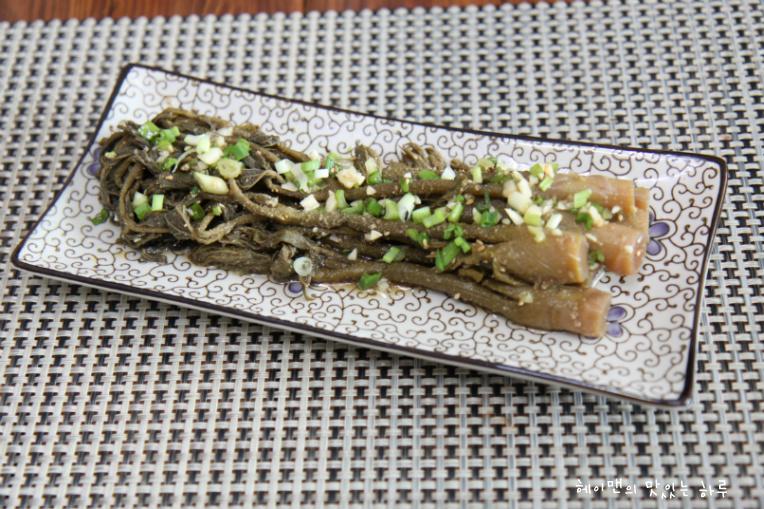
Pickled radish pickles
Pickled Doreup made of Doreup, the king of spring greens
6 serving
Within 30 minutes

헤이맨
- Ingredients
-
-
edible shoots of a fatsia2kg
-
Soy sauce4cup
-
Fish sauce with sand lance extract1cup
-
Vinegar1cup
-
Garlic20piece
-
leek1ea
-
Lemon1ea
-
Sea tangle1handful
-
Water6cup
-
plum extract1cup
-
dried red pepper3ea
-
- Cooking Steps
-
STEP 1/8It's two kilos. Compared to normal chamduolb, ttukduolb is also very large. The stem is thick, too Cut a large drum into half or cross shapes with a knife
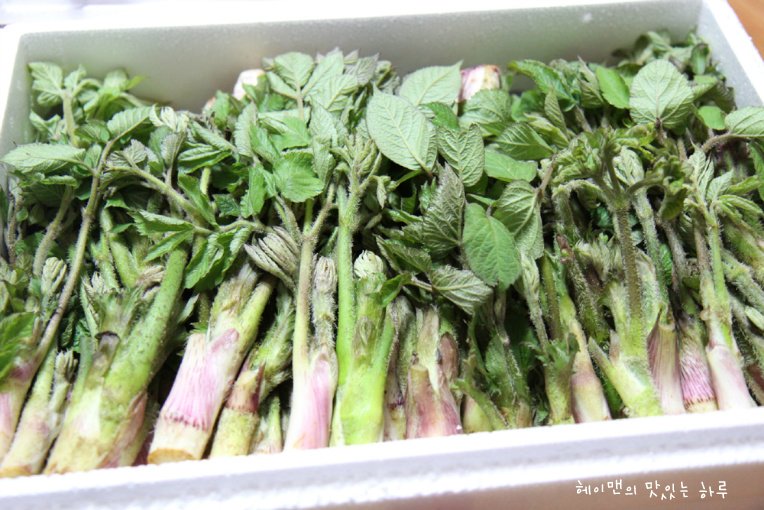 STEP 2/8To boil it, put the stem in the boiling water with salt first and then put the leaf first and boil it If you boil it all together from the beginning, the thick stem part will be half-cooked and the leaves will be overcooked, reducing the overall texture.
STEP 2/8To boil it, put the stem in the boiling water with salt first and then put the leaf first and boil it If you boil it all together from the beginning, the thick stem part will be half-cooked and the leaves will be overcooked, reducing the overall texture.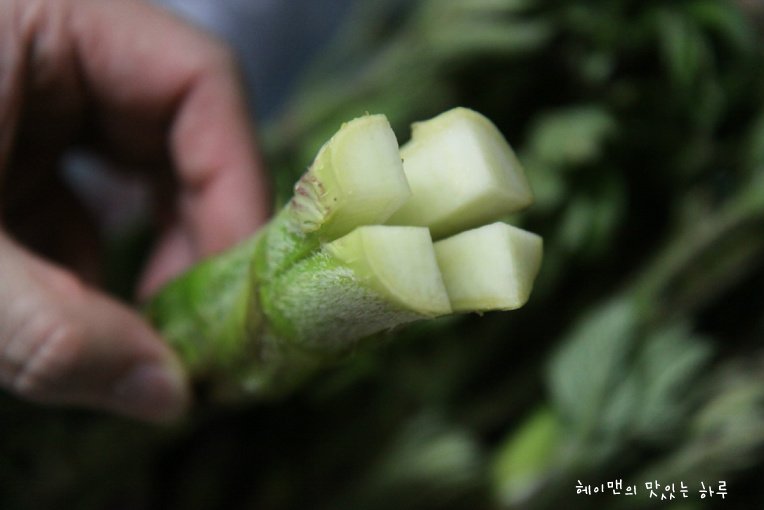 STEP 3/8Dry the boiled dooreup for half a day~ If you dry it thickly like this and make pickles, you don't have to boil it again and put it in, and the texture is better~
STEP 3/8Dry the boiled dooreup for half a day~ If you dry it thickly like this and make pickles, you don't have to boil it again and put it in, and the texture is better~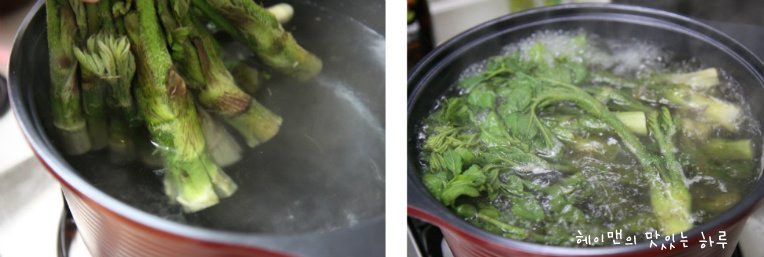 STEP 4/8You can make a dalimjang while you dry Dooreup. Add all the ingredients except lemon and kelp and boil them
STEP 4/8You can make a dalimjang while you dry Dooreup. Add all the ingredients except lemon and kelp and boil them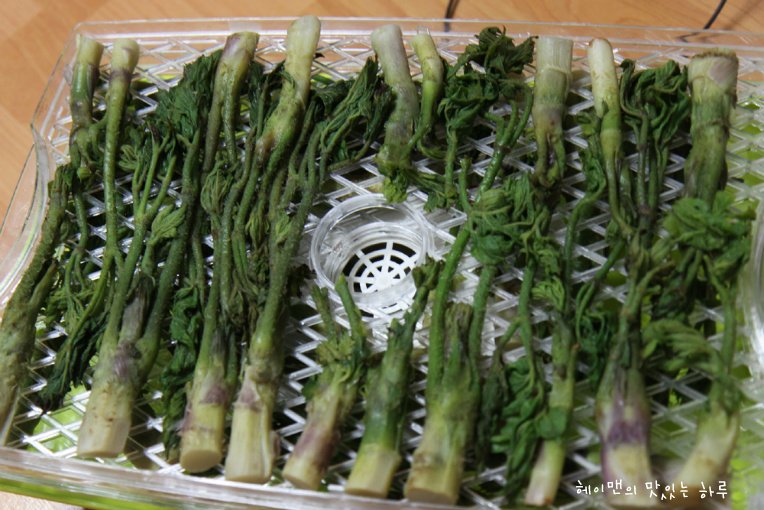 STEP 5/8When it boils, turn off the heat, add sliced lemon and kelp, cool it down, and strain it through a sieve.
STEP 5/8When it boils, turn off the heat, add sliced lemon and kelp, cool it down, and strain it through a sieve.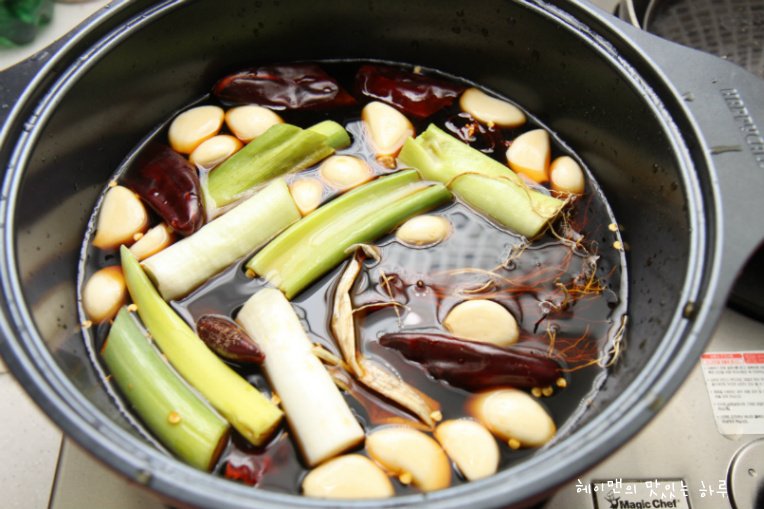 STEP 6/8Place half-dried tofu in a bowl and pour in the dime~ If there is a press stone, you have to put it on top to make it a delicious pickle because there is no air contact.
STEP 6/8Place half-dried tofu in a bowl and pour in the dime~ If there is a press stone, you have to put it on top to make it a delicious pickle because there is no air contact. STEP 7/8It's been about a week
STEP 7/8It's been about a week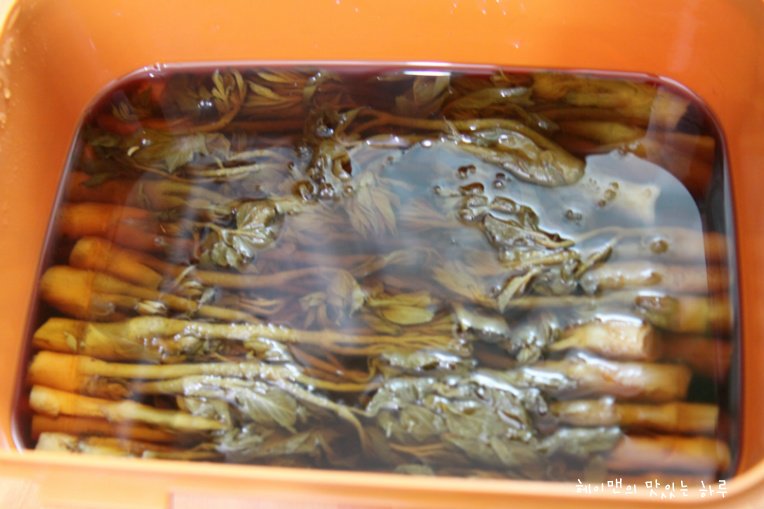 STEP 8/8Pickled tofu tastes good even if you eat it as it is, but it tastes better if you mix it with minced garlic, chopped green onion, sugar, sesame oil, and sesame salt every time you eat it.
STEP 8/8Pickled tofu tastes good even if you eat it as it is, but it tastes better if you mix it with minced garlic, chopped green onion, sugar, sesame oil, and sesame salt every time you eat it.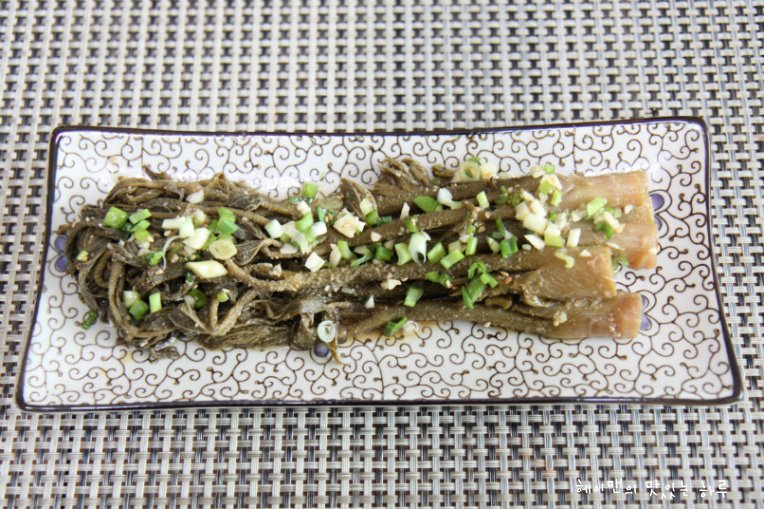 Ddangduolb is a little less delicious than Chamduolb when eaten as Dooreup Sukhoe, but it is really delicious when made with pickled vegetables. You can also make pickles with other dureubs, such as Chamdureup or Gaedureup, instead of dureup.
Ddangduolb is a little less delicious than Chamduolb when eaten as Dooreup Sukhoe, but it is really delicious when made with pickled vegetables. You can also make pickles with other dureubs, such as Chamdureup or Gaedureup, instead of dureup.
- chicken Recommended recipe
-
-
1
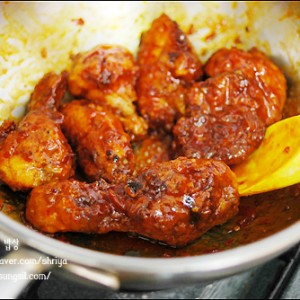 Fried and seasoned chicken4.86(7)
Fried and seasoned chicken4.86(7) -
2
 Goobne chicken style without failure to make soy sauce chicken!!5.00(6)
Goobne chicken style without failure to make soy sauce chicken!!5.00(6) -
3
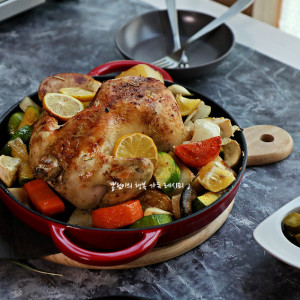 How to make roast chicken with crispy outside and moist inside.4.86(7)
How to make roast chicken with crispy outside and moist inside.4.86(7) -
4
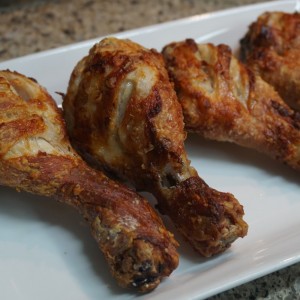 Super simple chicken leg chicken (feat. air fryer)4.78(9)
Super simple chicken leg chicken (feat. air fryer)4.78(9)
-
- Bibimbap Recommended recipe
-
-
1
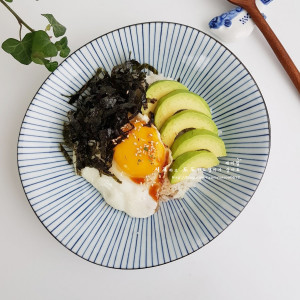 Avocado and egg bibimbap4.94(51)
Avocado and egg bibimbap4.94(51) -
2
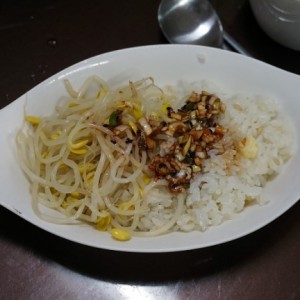 Savory and crunchy bean sprout bibimbap - imitating Jongwon Baek4.87(15)
Savory and crunchy bean sprout bibimbap - imitating Jongwon Baek4.87(15) -
3
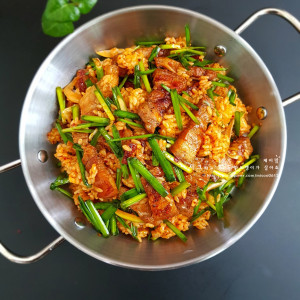 Grilled pork belly with chives and bibimbap5.00(19)
Grilled pork belly with chives and bibimbap5.00(19) -
4
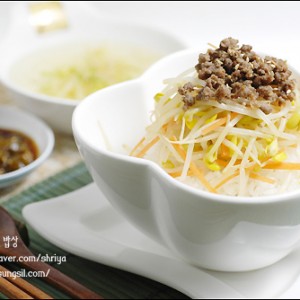 Beef bean sprout bibimbap5.00(19)
Beef bean sprout bibimbap5.00(19)
-